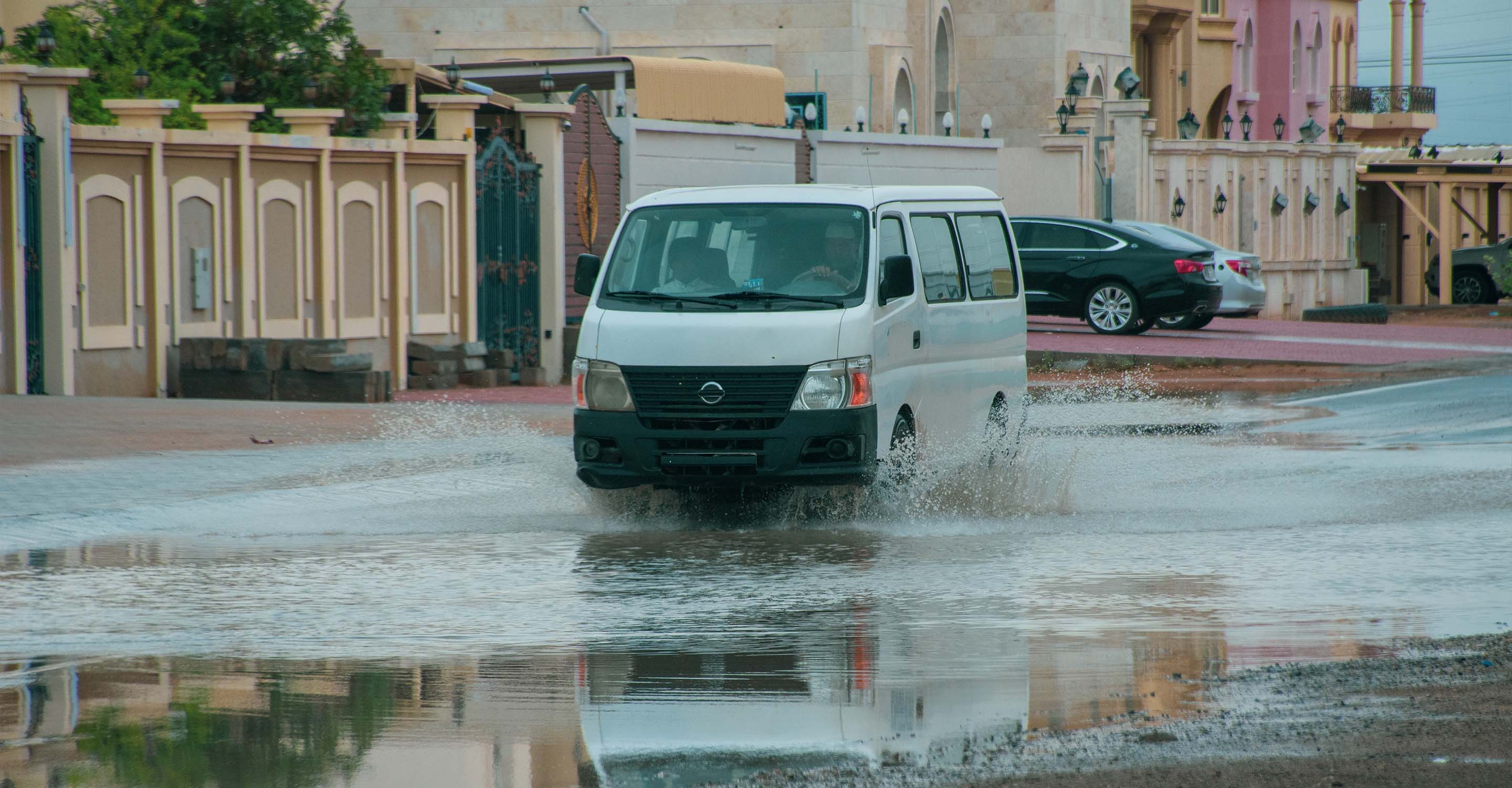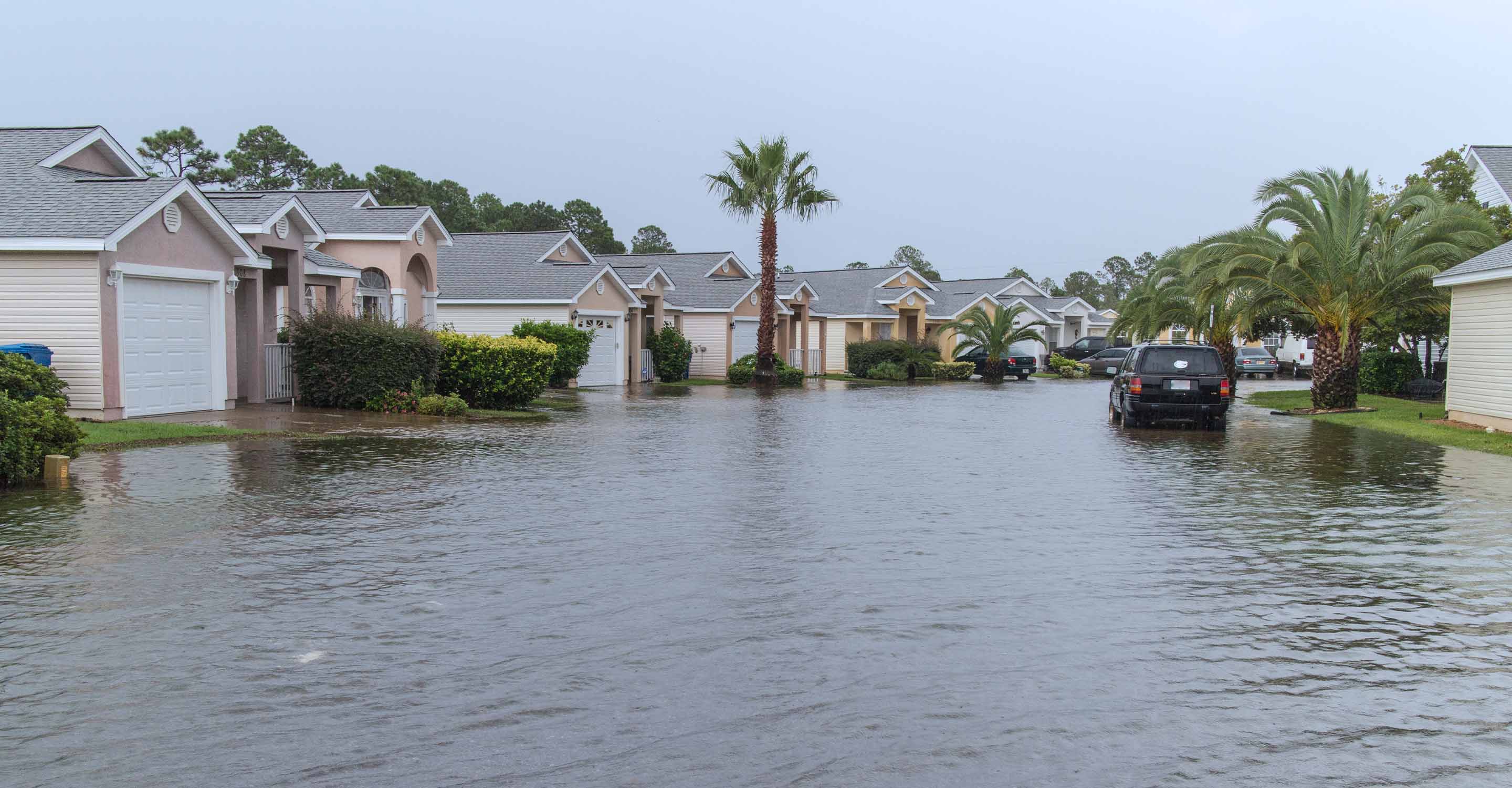Tokyo air quality map
Live air pollution map of Tokyo
1M people follow this city
Full screen
Contributors
3
Stations
94
Contributors category
2
Government
0
Non-profit organization
0
Educational
0
Corporate
0
Individual
1
Anonymous
Most polluted air quality stations
| # | station | US AQI |
|---|---|---|
| 1 | National Tokyo (Shinjuku) | 112 |
| 2 | Shinjuku | 99 |
| 3 | Hikawa, Itabashi | 70 |
| 4 | Chiyoda-ku Kanda Tsukasa | 68 |
| 5 | Harumi, Chuo | 68 |
| 6 | Kannachi-dori Matsubara Bridge | 68 |
| 7 | Minamisenju, Arakawa | 68 |
| 8 | Adachi-ku Ayase | 65 |
| 9 | Ayase | 65 |
| 10 | Edogawa-ku deer bone | 65 |
Health Recommendations
| Sensitive groups should reduce outdoor exercise | |
| Close your windows to avoid dirty outdoor air GET A MONITOR | |
| Sensitive groups should wear a mask outdoors GET A MASK | |
| Sensitive groups should run an air purifier GET AN AIR PURIFIER |
community highlight
Tokyo most followed contributors
Become a contributor
Get an AirVisual Outdoor and contribute to collecting millions of data points for the Tokyo map to track local air pollution
Understand air pollution and protect yourself
Tokyo MAP AIR QUALITY ANALYSIS AND STATISTICS
Do air quality map readings give insights into the types of pollution present in Tokyo?
The air quality map for Tokyo, and indeed every other city that is followed on the IQAir website, uses US AQI as its gauge for how polluted the air is. Whilst the map itself does not show the exact concentrations of the pollutants (which may be seen on the city page for Tokyo, which also shows forecasts as well as pollution concentration levels), with a little bit of knowledge, users can view the air quality maps and understand the pollutants that they may be exposed to. US AQI itself is formed from carbon monoxide, nitrogen dioxide, sulfur dioxide, ozone, PM2.5 and PM10. As such, when the pollution readings or US AQI readings on the air quality map are higher, it is far more likely that people in polluted areas, or areas that are experiencing a pollution spike, will be exposed to the above-mentioned pollutants, and may suffer the side effects related to these chemicals and their effects on the human body.
Does the air quality map for Tokyo show pollution levels?
Current and up-to-date air quality map readings change throughout the day in Tokyo and throughout Japan, and as such the air quality map, or air pollution map as it may be referred to, should be viewed over a single day or whenever possible. Each day, week, and month may have noticeably different US AQI readings. Long-term reviews of such readings on the pollution maps will show that there may be average levels that are more common, specifically during certain times of the day as well as during the year. These are always subject to sudden change due to events such as fires or other major polluting issues.
The air quality map that can be seen above this article will tell users as to what the current US AQI readings are, and how they fluctuate for the day. To cite an example taken in late August of 2022, readings taken from all over the city generally came in as being in the 'good' air quality rating bracket, as would be expected of cities in Japan, even for the more densely populated ones such as Tokyo. There were higher readings present as well, along with a high US AQI reading of 102 standing out amongst the others, placing that particular area into the 'unhealthy for sensitive groups' bracket for that particular day and time. As such, this example highlights how pollution levels can rise and fall rapidly, and following their updates via the air quality maps can be of great help in reducing potential exposure levels.
Can certain health issues be avoided by utilizing air quality maps in Tokyo?
Health issues that can be potentially avoided by having more in-depth knowledge about areas of higher pollution within the city of Tokyo, delivered to users by the air quality map above, are both wide-ranging and in some cases severe, particularly for those that are more susceptible to health conditions or those that are already in a poor state of health.
Pollutants such as ultrafine particles, smoke clouds, haze and smog along with the other chemical compounds that go into forming the US AQI figure all fill the air within certain areas of the city. Factors such as lack of strong wind may cause accumulations to take place, driving up the US AQI figures on the pollution maps for Tokyo. Some health issues, to name them for reference, that may be avoided fall into the chronic obstructive pulmonary disease (COPD) bracket, which are ones such as asthma, bronchitis, pneumonia and emphysema. For those that are in poor health or partake in certain habits such as smoking, conditions under the COPD bracket can have very serious effects and can turn from lesser infections of the respiratory tract into terminal illnesses, particularly amongst the elderly and those with poor health.
By referring to the readings on the air quality map and making sure that you are not in an area of Tokyo that is currently experiencing a pollution spike, individuals may avoid these potential illnesses, along with reducing the risk of heart attacks, strokes, skin conditions, damage to reproductive health and even death, with many studies showing that excess pollution exposure can shorten life expectancy by a significant amount.
Is it beneficial to keep up with air pollution map updates for Tokyo?
As was mentioned in the first question, air quality maps in Tokyo can help individuals in their daily life when they wish to avoid areas of high pollution, or keep an eye out for sudden spikes in the US AQI readings. Other ways in which they are helpful are in aiding certain decisions in day-to-day activities, which may include knowing when is the best time to undertake outdoor activities, particularly more strenuous ones such as jogging or other outdoor sports.
If individuals run through areas that have higher levels of pollution, as shown on the air quality map, deep breaths cause higher quantities of particularly harmful pollutants to enter the lungs, and from there they can move on into the bloodstream. This causes many deleterious health issues, some of which may have severe or terminal consequences, especially if such pollutants are breathed in over long periods. Another prominent advantage that air quality maps possess is that they can help determine a more insightful picture of which areas of Tokyo have the highest levels of pollution, which can be monitored over the year. When air pollution maps show high readings over the course of the year, a multitude of sources are likely coming together to form these high readings, and as such, the US AQI reading is likely to stay high in this area year after year. This may include areas such as highways or even houses that are located near roads that have a high volume of traffic, particularly during rush hour times. Air quality map readings can also show elevated readings near industrial sites and other similar facilities (even construction sites and road repairs can contribute to the US AQI level shown on the air quality maps due to their release of many larger, or ultrafine fine particles into the atmosphere, not to mention fumes given off from heavy machinery).
Decisions on where to live can also be made using the air quality maps, as families that have members with health issues, particularly when these health issues affect the lungs and heart, or the pulmonary or cardiac systems. Such people would benefit greatly from living in areas that are shown to be clean throughout the year on the air pollution maps. In the rare event of natural or industrial-related disasters, the air quality map will tend towards showing extremely high readings throughout the entire city, with the US AQI classifications shooting up to unhealthy ratings and beyond (all of which are color-coded for ease of recognition, either when referring to the city pages or the air quality map pages). As such, air pollution maps can help many different people living in Tokyo to avoid excessive pollution exposure and allow them to make more informed decisions, due to the prevalence of the air quality monitoring facilities and the readings they are constantly feeding into the air quality maps data.
Tokyo air quality data attribution
3Contributors
 Tokyo Metropolis
Tokyo Metropolis47 stations
2 Government Contributors
 1 Anonymous contributor
1 Anonymous contributor1 station
Anonymous Contributor
3 Data sources
Where is the cleanest air quality in Tokyo?
- National Tokyo (Shinjuku) 112
- Shinjuku 99
- Hikawa, Itabashi 70
- Chiyoda-ku Kanda Tsukasa 68
- Harumi, Chuo 68
- Kannachi-dori Matsubara Bridge 68
- Minamisenju, Arakawa 68
- Adachi-ku Ayase 65
- Ayase 65
- Edogawa-ku deer bone 65
- Eitai Street Shinkawa 65
- Nakaharaguchi Crossing 65
- National Shinjuku 65
- Shin-Mejiro Street Decline 65
- Yamate Street Osaka Bridge 65
- Minato-ku Daiba 63
- Mitsume-dori Tatsumi 63
- Yashio, Shinagawa 63
- Kanpachi-dori Hachimanyama 61
- Keiyo Road Kameido 61
- Kugayama 61
- Kugayama, Suginami 61
- Minamisenju 61
- Nerima-ku Nerima 61
- Toyomachi, Shinagawa 61
- Higashijiya, Ota City 59
- Hikawacho, Itabashi 59
- Kameido 59
- Kannachi Street Kameari 59
- Kannachi-dori Kakinokizaka 59
- Koshu Kaido Ohara 59
- Prince Kitahondori 59
- Shakujiidai in Nerima Ward 59
- Yashio 59
- Yokocho 59
- Hibiya Crossing 57
- Himonya, Meguro-ku 57
- Kakinokizaka 57
- Kamakura, Katsushika 57
- Kameari 57
- Katsushika-ku Kamakura 57
- Koto-ku Oshima 57
- Meiji-dori Ozeki Yokocho 57
- Mizumotokoen 57
- Takanawa 57
- Udagawa-cho, Shibuya-ku 57
- Yamato Town, Nakasendo 57
- Bunkyo-ku Honkomagome 55
- Daiba, Minato 55
- Hachimanyama, Kanpachi-dori 55
- Hibiya 55
- Higashikojiya 55
- Katsushika-ku Mizumoto Park 55
- Kitamachi, Nerima 55
- Nikko Kaido Umeshima 55
- Nishiarai, Adachi 55
- Shinkawa 55
- Shishibone 55
- Tatsumi, Mitsume-dori 55
- Yamate-dori 55
- Harumi 53
- Himonya 53
- Meiji-dori Nishi-Sugamo 53
- Nakahara-guchi 53
- Oji 53
- Wakamiya, Nakano 53
- Yamatocho 53
- Harue-cho, Edogawa-ku 50
- Kanda Tsukasamachi 50
- Nishiarai, Adachi-ku 50
- Ojima 50
- Seijo, Setagaya 50
- Shakujiimachi, Nerima 50
- Udagawacho 50
- Yutakacho 50
- Edogawa-ku Minamikasai 45
- Nakahara Kaido Minamisenzoku 45
- Seijo 45
- Wakamiya 45
- Kitashinagawa 41
- Shimoochiai 41
- Yamate Street Higashinakano 41
- Kannana-dori 37
- Minamisenzoku 37
- Mito Kaido Higashimukojima 37
- Haruecho 33
- Higashimukojima 33
- Honkomagome 33
- Nishisugamo, 33
- Kanpachi Street Chidori 29
- Minamikasai 29
- Yamate-dori 25
- Kasuga-dori Otsuka 21
- THE ROPPONGI TOKYO 18







